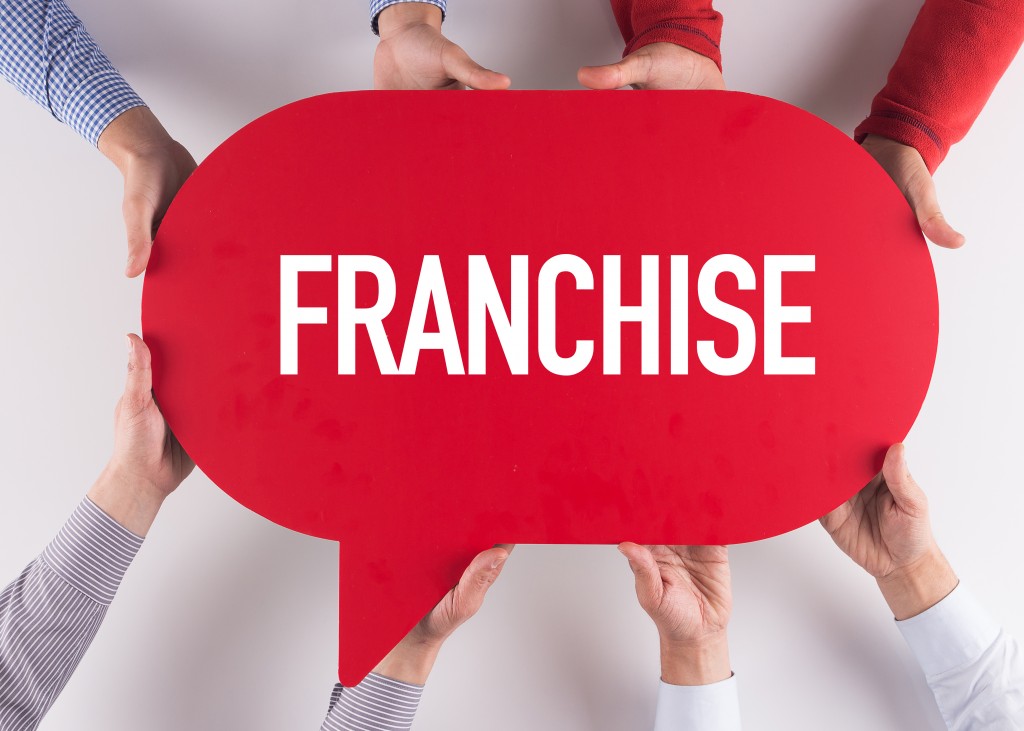The attraction of franchising your business is real and strong. Imagine this: You have a store that earns at least $50,000 a month. With a franchise, you can multiply that amount multiple times. Further, you can earn through royalties and fees. Expanding your brand is quick.
However, not all franchises win. According to a 2014 Forbes article, a franchise’s failure rate could be as high as 90%. Some of them don’t even last for five years.
How do you reduce the risk? Use this checklist:
1. Plan and Concept
Every business decision needs a clear, step-by-step method, and that includes opening your business for a franchise. You can take a shortcut and work with experts in franchise development. Together, you can cover the following aspects:
- Branding (or even re-branding)
- Target market (e.g., millennials, baby boomers, workers, or family)
- Designs and layouts of the franchise location (stand-alone, booth, sit-down, or fast food)
- Possible sites for franchises (e.g., rural or urban areas)
- Competitors
- Growth projections
- Legal compliance
- Taxation
- Operations and administration
2. Systems and Processes
The likes of McDonald’s, Starbucks, and Subway are not unique. They have hundreds of competitors, some of which are home-grown. However, they remain some of the top franchised brands around the world. Why?
The answer is simple: system. A precise system or process in every store creates consistency in customer experience, and that forms part of your branding. It also offers the following benefits:
- You can at least estimate how far a franchise can go depending on their ability to commit to the process.
- It’s easier to troubleshoot a problem. For example, if one store has an issue because of system dysfunction, other franchised locations likely have the same problem. If not, it could appear later unless you can address it as soon as possible.
Note that it’s not only the process that has to be consistent. So do the tools you use, from point-of-sale systems to inventory management software.
3. Financial Stability and Cost Disclosures

Before you can franchise your business, it needs to be stable in many aspects, especially financially. For instance, you might need to have at least three successful or profitable branches or locations. Financial stability reveals the following:
- Demand for the concept or the brand
- Right target market and location
- Reliable and efficient processes and systems
- Excellent management of operations and marketing
All these can increase your credibility in the industry and drive franchise applications.
Depending on the success of your franchise, you can command a higher price for your franchise. However, you need to do that within the confines of the franchise rule. These include revealing all the costs associated with it, such as initial investment, franchise fee, and royalty.
Running a franchise is one of the best ways to grow your business exponentially, but even if others run it for you, it still takes a lot of hard work.
You can make the process easier when you work with franchise development experts. You can also use this checklist to help you decide whether now is the right time.
